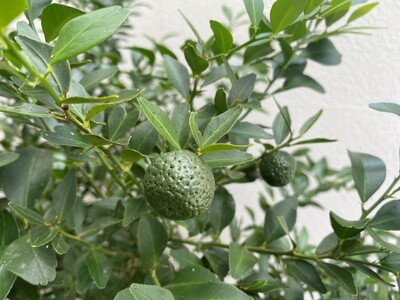Sublime potential of Aussie citrus in food sector applications

The demand for citrus is strong in Australia, driven by health benefits and a strong market through food service channels.
According to a University of Queensland researcher, growing global production of citrus could now offer opportunities for Australia’s little-known six native species.
PhD candidate Joel Johnson at the Queensland Alliance for Agriculture and Food Innovation is investigating the chemical composition and nutritional potential of indigenous citrus species.
“We have the highest number of endemic citrus species of any country, but despite a global industry worth $140 billion, many Australians have never seen or eaten them,” Johnson said.
“First Nations people have used them as food and medicine for generations but there is little documentation of it.
“With the exception of finger lime, Australian citrus is not commercially grown or generally found in shops and that’s where my research comes in.”
For the first time, researchers are systematically characterising the different species to determine whether there is any prospect of commercialisation or marketing them for their nutritional value and potential health benefits.
“Their unique flavours and aromas suggest promising new applications in the food sector,” Johnson said.
He has gathered samples of five of the six species for analysis and said they all have different possibilities.

“Citrus inadora or Russell River lime for example has four times the vitamin C content of a standard Tahitian lime while Citrus glauca or desert lime has more than six times the vitamin C content, which is a promising avenue for further investigation,” Johnson said.
“Earlier QAAFI research already shows some of our native species are disease resistant so there is interest in developing hybrids that carry that gene.
“If we’re looking at the genetics of these species, I think it’s also important to know the chemical composition and nutritional properties because that will have an impact on the potential future hybrids.”
“The species are naturally adapted to Australia’s climate giving them an inherent resilience to drought, heat and other environmental stresses.
“I’m also planning to look at the levels of other vitamins like folate and vitamin E and the flavonoids to gain a comprehensive understanding of their nutritional and bioactive properties,” Johnson said.
“I’m confident this research will pave the way for unlocking the full potential of these under-investigated native species.”
The research was published in Foods.
Call for comment on endo-1,4-beta-xylanase as a processing aid
Food Standards Australia New Zealand (FSANZ) is calling for comment on an application to permit...
UV light technology to curb viral transmission in poultry environments
Widespread bird flu outbreaks underscore the urgent need for disinfection solutions to curb viral...
Aussie Barramundi farm achieves certification for responsible aquaculture
Northern Territory's Humpty Doo Barramundi is claimed to be the first Australian Barramundi...











